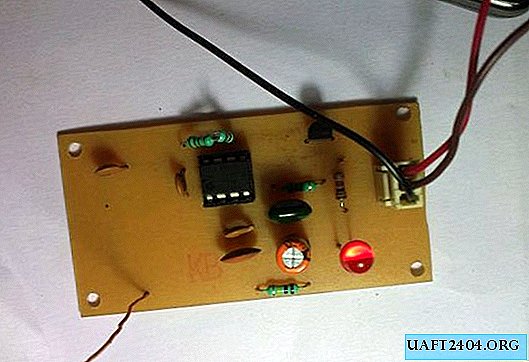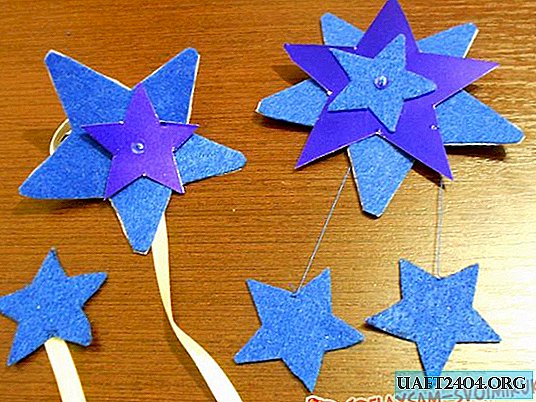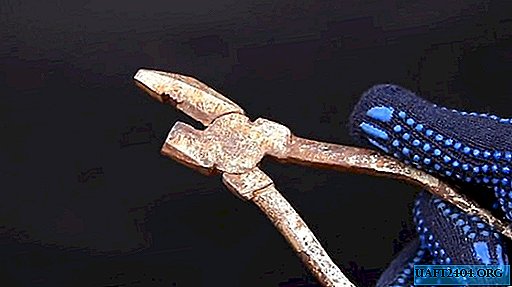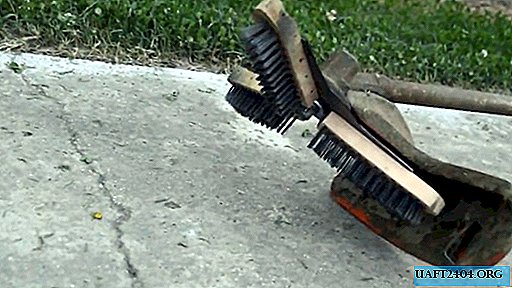Share
Pin
Tweet
Send
Share
Send

A mobile phone signal detector can detect the presence of an activated cell phone at a distance of about one and a half meters. Thus, the detector can be used to prevent the use of mobile phones in exams, in secret rooms, etc. This device can also be useful for detecting a mobile phone during espionage and unauthorized transmission of video.
The scheme registers any transmission from the phone, be it SMS, voice call or Internet connection. As soon as the carrier radio signal is detected, the LED starts to burn in the circuit, signaling high-frequency oscillations.
Detector circuit
A conventional LC loop detector is not suitable for detecting signals in the GHz frequency band used in mobile phones. The transmission frequency of mobile phones is from 0.9 to 3 GHz with a wavelength of from 3.3 to 10 cm.
Here, the circuit uses a 22p (C3) disk capacitor to capture radio signals from a mobile phone. The length of the antenna wire of the capacitor is fixed as 18 mm with a pitch of 8 mm between the terminals to obtain the desired frequency. The capacitor together with the antenna acts as a small gigahertz gamma antenna with for collecting radio signals from a mobile phone.

The CA3130 amplifier is used in the circuit as a current to voltage converter with a capacitor C3 connected between its inputs. This is a version of CMOS that uses transistor-protected transistors with a P-channel on the input gate, providing very high input impedance, very low input current and very high speed. The output CMOS transistor amplifies the signal and turns on the LED.
Cell Phone Signal Detector Assembly

I assembled a detector on a circuit board. Pre-drafted, etched, tinned and drilled. In general, everything is as it should.



In principle, a properly assembled detector does not need to be configured and starts working immediately after switching on.
The only thing you can play with the output antenna, to obtain greater sensitivity of the circuit to the signal of a cell phone.



In the end, I decided to add a buzzer, soldering it parallel to the LED.
Video
Original article in English
Share
Pin
Tweet
Send
Share
Send











